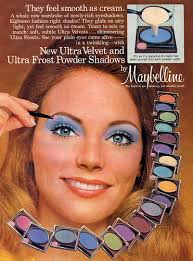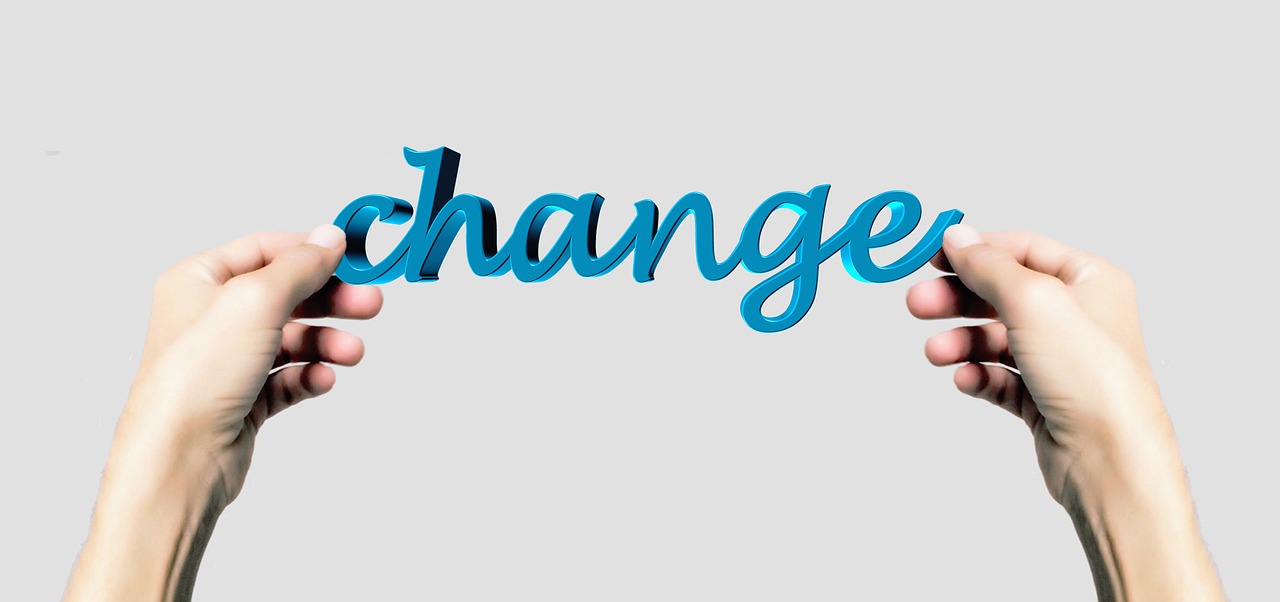 More than once I have been asked if a client would do well to save on investing in a custom-built website and instead could just DIY it with one of the available online site builders.
More than once I have been asked if a client would do well to save on investing in a custom-built website and instead could just DIY it with one of the available online site builders.
For a small business or a startup carefully counting dollars spent, an online website building tool may be either very practical or may be seductive, but in a bad way. We are realists at K2M Creative Media. If you come to us to discuss website creation we’ll tell you the truth.
The truth is, it depends.
What are your goals and needs? That is the crux of the decision to be made. In the beginning of our website creation process we try to eek out this vital information.
What is your company’s goal for your website? Are you trying to attract customers from a new segment? Do you need it as a tool for brand awareness? Do you need to generate leads? Are you offering up a source of information and resources to a particular constituency?
What do you need your website to do for you? Do you need an ecommerce store? Do you need different calls to action on the site? Do you need data collection on the site? There are countless questions.
You may not know all of the answers to these questions when you begin. Especially if you are just starting a new business. But if you don’t clearly understand the goals of your site, it may be difficult for you to create one that is actually helpful to your business.
If you think there is a chance you will need to make changes to your site after it is built, either option may have benefits. If you use an online tool, you can make the changes yourself whenever you need to without any worry about dollars spent or calls to designers. But, if the changes you need are not easy to create or are not available in the pre-fab tool you have chosen, you may end up at a roadblock.
Additionally, there are certain conventions that the search engines prefer over others. Some DIY sites are better at setting you up in the right direction and some are worse. A custom built site, by knowledgeable creators, will set you in good stead. It would be good to know that your Google requirements are met and your SEO is properly set up right out of the gate.
Honestly, there are benefits to both models and it depends on your goals, needs, knowledge base and budget. If you want to talk about options, be in touch!




 Use your gut. Unless you are colorblind, and I do have some good friends in this category, you probably know what you like and what doesn’t speak to you. Go with it. There aren’t such hard fast rules today that you cannot veer from. I mean, the first make up color wheels were in the 70’s….seriously? Have you seen those pictures???
Use your gut. Unless you are colorblind, and I do have some good friends in this category, you probably know what you like and what doesn’t speak to you. Go with it. There aren’t such hard fast rules today that you cannot veer from. I mean, the first make up color wheels were in the 70’s….seriously? Have you seen those pictures??? There is a certain amount of mystery that marketing companies have historically. I understand why; much of the work of a marketing agency is creative and intellectual capital. It is the kind of work that is hard to quantify to people. You cannot see it, feel it, touch it. And yet, out of it remarkable things get produced. However, this type of work is easy to mark up in price. Unfortunately, some companies charge a lot of money for very little real work production with a lot of noise about their secret process. Smaller firms and businesses can easily be taken for a ride in this sort of situation.
There is a certain amount of mystery that marketing companies have historically. I understand why; much of the work of a marketing agency is creative and intellectual capital. It is the kind of work that is hard to quantify to people. You cannot see it, feel it, touch it. And yet, out of it remarkable things get produced. However, this type of work is easy to mark up in price. Unfortunately, some companies charge a lot of money for very little real work production with a lot of noise about their secret process. Smaller firms and businesses can easily be taken for a ride in this sort of situation. Successful marketing requires you to identify, find, and interact with your target market. If the demographic you seek is the “mom-market,” where can you make a connection? As a busy mom myself, I can tell you exactly where you’ll find us – on our phones!
Successful marketing requires you to identify, find, and interact with your target market. If the demographic you seek is the “mom-market,” where can you make a connection? As a busy mom myself, I can tell you exactly where you’ll find us – on our phones! Until recently, most marketing was “push” marketing. Advertised sales and special promotions pushed consumers to act; telling us when, what, and where to buy. Products and services were pushed into the marketplace with the goal of an immediate boost in sales. Branding was based on product lines, not on the company culture. In the last few decades, the internet has fueled the rise of “pull” marketing; a subtler conversation with consumers that invites us in as friends, rather than demanding our attention.
Until recently, most marketing was “push” marketing. Advertised sales and special promotions pushed consumers to act; telling us when, what, and where to buy. Products and services were pushed into the marketplace with the goal of an immediate boost in sales. Branding was based on product lines, not on the company culture. In the last few decades, the internet has fueled the rise of “pull” marketing; a subtler conversation with consumers that invites us in as friends, rather than demanding our attention. A recent experience got us thinking about the concept of giving “something for nothing” and the impact that philosophy has, both on your business and on your clients.
A recent experience got us thinking about the concept of giving “something for nothing” and the impact that philosophy has, both on your business and on your clients. And the $18 drink minimum? This ensures that the club makes money that evening, and probably makes more than the minimum because once people start drinking and enjoying themselves, they tend to continue. People are psychologically more prepared to spend $18 on drinks, which they are familiar with, than the SAME $18 on a show that they are unsure of. Net result for the company is the same.
And the $18 drink minimum? This ensures that the club makes money that evening, and probably makes more than the minimum because once people start drinking and enjoying themselves, they tend to continue. People are psychologically more prepared to spend $18 on drinks, which they are familiar with, than the SAME $18 on a show that they are unsure of. Net result for the company is the same. We recently experienced something new. A client, whose name is known to us locally has a business name that is similar to another recognizable business name in another city far away. We discovered it by observing a really diverse group of likes to the client’s Facebook page, a group so diverse and so far away geographically that something didn’t add up. Only after investigating the Facebook pages of the likes did we discover that many of these “likers” had erroneously happened upon our client’s page, thinking it was associated with that other business.
We recently experienced something new. A client, whose name is known to us locally has a business name that is similar to another recognizable business name in another city far away. We discovered it by observing a really diverse group of likes to the client’s Facebook page, a group so diverse and so far away geographically that something didn’t add up. Only after investigating the Facebook pages of the likes did we discover that many of these “likers” had erroneously happened upon our client’s page, thinking it was associated with that other business. The one thing we know for sure is that change is inevitable.
The one thing we know for sure is that change is inevitable. From the brand of pop you drink to your choice of an attorney, how do you decide to be a loyal customer? For most people, these are the elements that drive people to choose the same store, professional service, brand of food or drink and restaurant:
From the brand of pop you drink to your choice of an attorney, how do you decide to be a loyal customer? For most people, these are the elements that drive people to choose the same store, professional service, brand of food or drink and restaurant:
 The internet landscape is constantly changing. What seemed like a given even two years ago is now passe.
The internet landscape is constantly changing. What seemed like a given even two years ago is now passe.